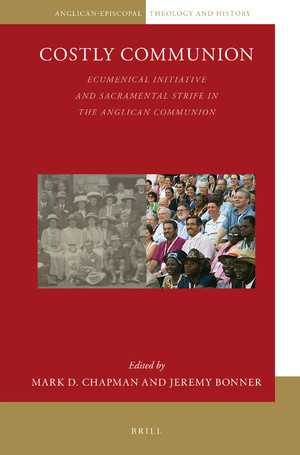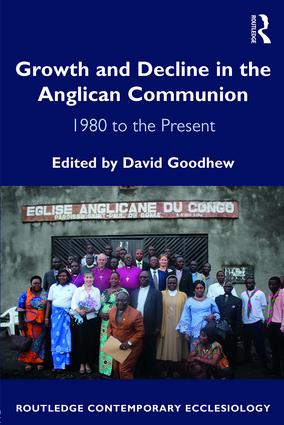With the Anglican Church in North America poised to enter its second decade it seemed opportune to David Goodhew of Cranmer Hall and myself to look at such data as currently exists and provide an overview of where the denomination may be going. Thanks to the Covenant website, you can read our preliminary findings here.
There is much more to be researched and written regarding the most recent expression of the Anglican tradition and it is our hope that this will be realised in the not too distant future. Certainly there is ample scope for a goodly number of doctoral dissertations.
UPDATE, February 16.
For those who wonder about cross-denominational comparisons, comprehensive data on church growth can be found in the ARDA reports for 2000-2010. Below are listed Christian denominations that gained more than 5,000 adherents in this period (Pentecostal churches in red, Holiness churches in green and Eastern Orthodox churches in purple).
The Latter-day Saints gained just under 2 million (+45.5%), while the Assemblies of God (+14.9%),
Seventh-Day Adventists (+29.5%)and Church of God (Cleveland) (+13.9%) gained
between 100,000 and 350,000.
In the 50,000-100,000 range were the Christian and Missionary Alliance(+29.5%), Evangelical
Covenant Church (+49.1%), Evangelical Free Church of America (+25.0%) and Vineyard USA (+42.4%).
In the 25,000-50,000 range were the Evangelical-Presbyterian
Church (+61.6%), the
Greek Orthodox Archdiocese of America (+11.5%), the International Pentecostal Holiness
Church (+19.7%), the Presbyterian Church in America (+8.3%), and
(unusually) the Unitarian Universalists (+15.8%).
In the 10,000-25,000 range were the Community of Christ
(+24.6%), the Pentecostal Church
of God (+22.7%), the Baptist General Conference (+8.9%), the Southern
Baptist Convention (+0.1%), the Missionary Church (+28.8%), Christian Churches and Churches of
Christ (+1.0%), the Mennonite Brethren (+49.0%), the Serbian Orthodox Church in North America (+23.2%),
and the Free Methodist Church
of North America (+11.5%).
Two other churches gained more than 5,000, the Orthodox Church in America
(+10.1%) and the Church of God of
Prophecy (+8.0%).
ACNA's recent gains would appear to track those of the Orthodox Church in America pretty closely, with a projected gain of 6,500 in the course of a decade, or a roughly 6% decennial increase (a rate comparable with the Orthodox Church in America and the Presbyterian Church in America and greater than the Southern Baptist Convention)










